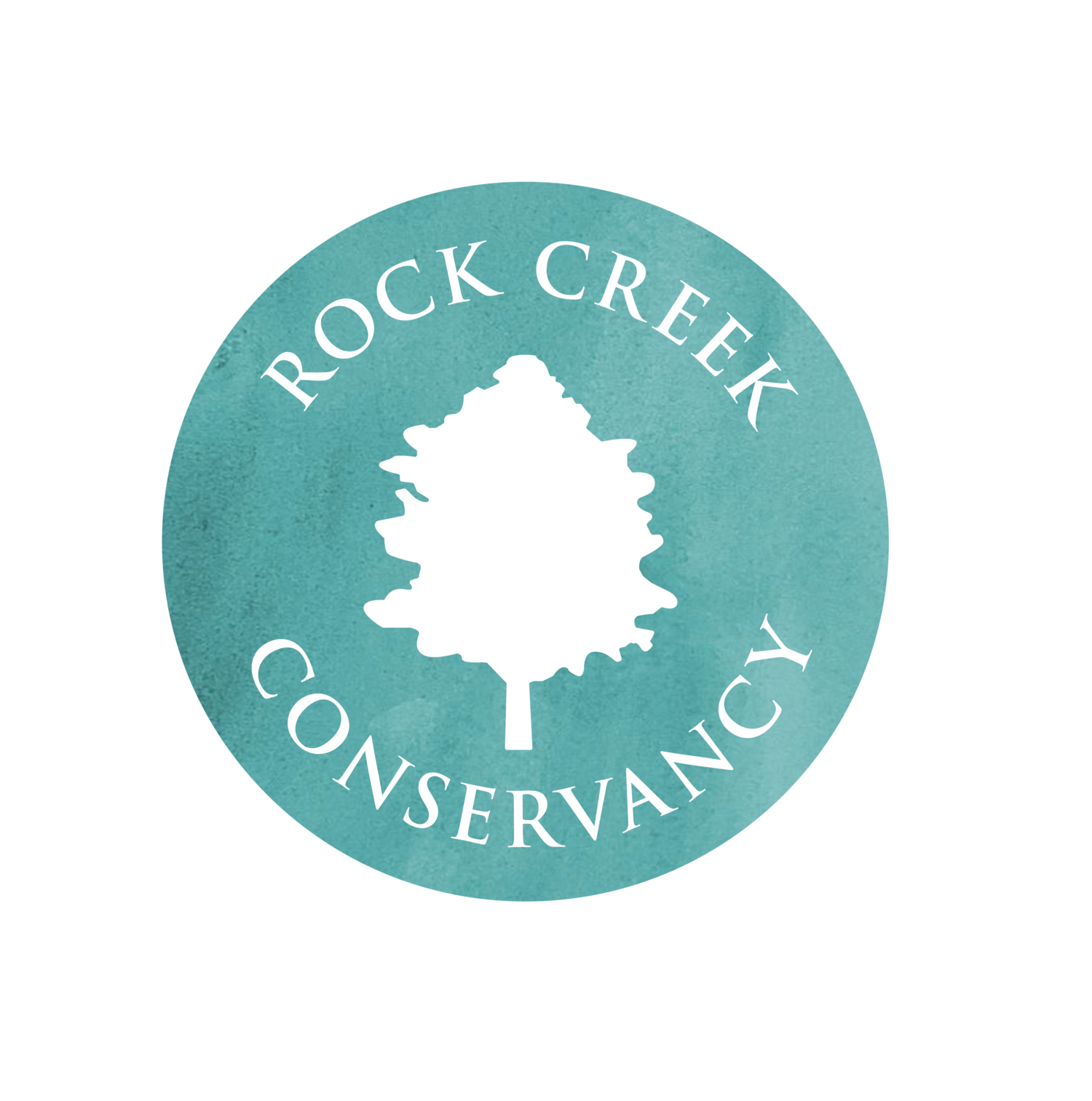
A Pathway to Rock Creek Resilience
Rock Creek Park’s nearly 1,800 acres of forest are the heart and lungs of the DC region, providing critical climate and social resilience for the more than 1 million people who live, work, and play in the region and storing 100,000 tons of carbon above ground. Yet the challenges of climate change – shifting plant regimes; extreme precipitation events that exacerbate flooding, streambank destabilization, and erosion on the forest floor; and rapid invasion by non-native plants – threaten the future of those fragile forests.
Rock Creek Park is the soul of our region, offering respite to a weary community during the pandemic and for nearly 130 years. Heavy visitation adds additional stress to the park’s fragile forests, as hikers fragment forest blocks with social trails, hang hammocks or slack lines on trees, and let dogs run off leash into the woods. Engagement of these visitors offers the opportunity to continue to expand equity of access to the park, reframing what has historically been a dividing line in the District to a place where community members come together around shared values.
In addition, the park’s location in a densely urbanized setting makes it vulnerable to plants escaping from neighboring yards and runoff from properties developed prior to local stormwater regulations.
To ensure a resilient future for Rock Creek Park’s forests, Rock Creek Park and Rock Creek Conservancy will collaborate to create a landscape-scale plan to restore and maintain the forests to protect the natural resources and increase equity of access to their ecosystem services while engaging community members in people-powered restoration to sustain this restoration beyond park borders.
Our Plan
The plan will expand upon the National Capital Area’s Invasive Plant Management environmental assessment, regional connectivity, and landscape block analysis, and Rock Creek Park’s Resource Stewardship Strategy to create a park-wide framework for forest restoration and management that will offer a roadmap for equitable adaptive management of the forests.
This will raise questions such as:
Will future vegetation shift to adapt to climate change?
How can visitors enjoy the park and its forests while maintaining the ecological integrity of the forests?
Is the forest likely to regenerate quickly enough, or is restoration planting needed?
How can we prioritize the implementation of this plan to improve equity?
What is the most pragmatic way to implement this framework across our public-private partnership?
The forest plan will build on several existing elements to engage park visitors and community members in people-powered restoration, i.e., responsible recreation and active stewardship of Rock Creek’s forests:
Installation of trail and related signs (funded by Centennial Challenge and private philanthropy through Rock Creek Conservancy), which remind visitors they are in a national park, highlight park regulations, and serve to more accurately identify the official (as opposed to social) trail network.
Continued education of park visitors about the Recreate Responsibly in Rock Creek principles through communications campaigns and events such as Summer in the Parks
Volunteer engagement in demonstration restoration sites (‘mini-oases’) and the Weed Warrior program
Establishment of the ‘Edge of the Woods’ club to build connections between home and Rock Creek and create a buffer around the park
The Next Steps
During the preliminary planning phases, the Conservancy will also offer additional people-powered restoration activities to engage community members (particularly park neighbors). People-powered restoration brings people into the park for hands-on service (i.e., invasive plant removal) or recreation (hikes, family games or music) and leaves them with a deeper understanding of how and why being a Rock Creek steward in the park and at home can help protect and restore Rock Creek by planting natives, removing invasives, and recreating responsibly. In this way, neighbors minimize impacts to the park, share their newfound stewardship of Rock Creek with their communities, and recognize the connection between their choices, quality of life, and the park’s resources.
This first phase will establish a roadmap for the rest of the work, including required compliance processes so that implementation can be done adaptively and without delay. The Conservancy will work with park staff to identify the implementation steps best carried out by each partner to leverage the public-private partnership.




